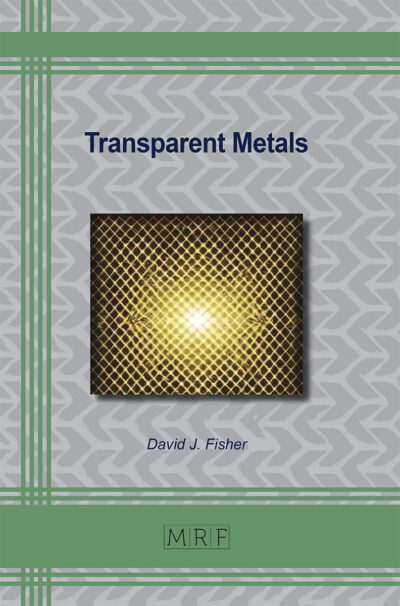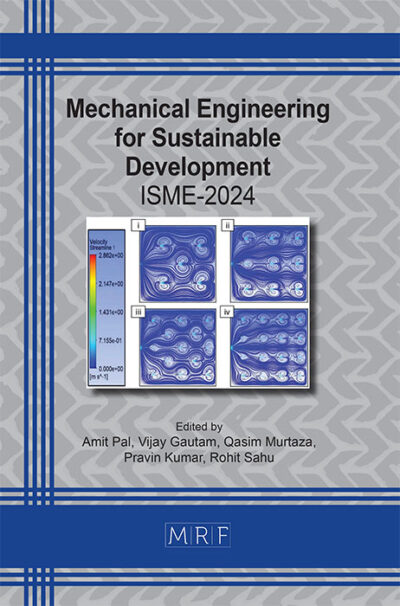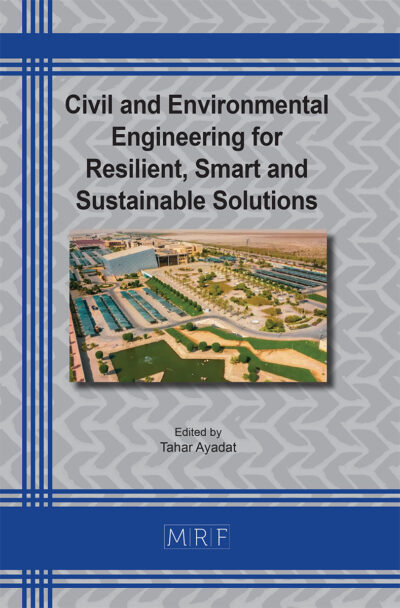The relationship between the plasticity index, the friction angle and the cohesion of the soils in Jakarta during El Niño and La Niña cycles
Ngom Maïssa. B., Zaki Al Attas M., Imas Windah, Nugroho Muhammad Sapto
Abstract. The Indonesian BMKG (Meteorology , Climatology and Geophysics Agency)’s 2009 study on forecasting an El Niño cycle in the same year in Indonesia was a major step forward in understanding and recognizing the various phenomena and factors that could be behind such an event[1]. This study is based on the measurement of air pressure variations between the various Indonesian waters and the Pacific Ocean, the main source of which is the temperature difference between these different areas .An El Niño or La Niña cycles has impacts that can influence soil conditions, so geotechnical studies are needed to understand how soils behave during such a cycle and to take measures to prevent any risks. C. Kuenzer et al. studied variations in soil moisture during the El Niño and La Niña cycles in 2009, with the aim of finding out whether these events have an impact on soils in the different areas concerned. In our study, we will seek to establish relationships between the various parameters needed to describe soils during El Niño cycles. Indeed, the basic parameters for characterizing the mechanical behavior of soils are mainly related to shear strength. Therefore, we are going to study the soils of West Jakarta during the La Niña and El Niño cycles using a correlative approach, which involves understanding the evolution of properties such as the plasticity index (PI), the water content (wc) and the specific density of solid particles in the soil (Gs), as a function of the mechanical parameters (friction angle and cohesion). Referring to the studies of James et al. in 2023, we will look for a linear correlation between the parameters involved and the accepted correlation coefficient r is that r²>0,7. The relationships retained are the variation of the compression coefficient Cc as a function of the cohesion C governed by Cc = -2,7*C+0,714 ; with a correlation coefficient r²=0,748 , the variation in the angle of friction phi as a function of the cohesion C governed by the equation phi = 48,9*C+3,59.
Keywords
El Niño, La Niña, Geotechnics, Shear Strength, West Jakarta, Soil Properties, Correlation
Published online 2/25/2025, 9 pages
Copyright © 2025 by the author(s)
Published under license by Materials Research Forum LLC., Millersville PA, USA
Citation: Ngom Maïssa. B., Zaki Al Attas M., Imas Windah, Nugroho Muhammad Sapto, The relationship between the plasticity index, the friction angle and the cohesion of the soils in Jakarta during El Niño and La Niña cycles, Materials Research Proceedings, Vol. 48, pp 510-518, 2025
DOI: https://doi.org/10.21741/9781644903414-56
The article was published as article 56 of the book Civil and Environmental Engineering for Resilient, Smart and Sustainable Solutions
![]() Content from this work may be used under the terms of the Creative Commons Attribution 3.0 license. Any further distribution of this work must maintain attribution to the author(s) and the title of the work, journal citation and DOI.
Content from this work may be used under the terms of the Creative Commons Attribution 3.0 license. Any further distribution of this work must maintain attribution to the author(s) and the title of the work, journal citation and DOI.
References
[1] Meteorology ,Climatology and Geophysics Agency BMKG, Press Conference Materials, Jakarta , 2009, Monitoring and Predicting El Nino in 2009.
[2] C. Kuenzer et al. , El Nino southern oscillation influences represented in ERS scatterometer derived soil moisture data , 2009. https://www.sciencedirect.com/science/article/abs/pii/S0143622809000277
[ 3 ] Pascal Delecluse , El Nino and its predictability , 1999 https://doi.org/10.1016/S1251-8050(99)80308-5
[4]Yan Du , Fan Wang , Tianyu Wang , Weiwei Liu , Linlin Liang , Ying Zhang , Yunfan Chen , Jianxing Liu , Wei Wu, Kefu Yu , Jing Zhang, (2023) , Multi-scale ocean dynamical processes in the Indo-Pacific Convergence Zone and their climatic and ecological effects , https://doi.org/10.1016/j.earscirev.2023.104313
[ 5 ] M. M. Ahmad Dogar , M. Almazroui , (2022), Revisiting the strong and the weak ENSO teleconnection impacts using a high-resolution atmospheric model. https://doi.org/10.1016/j.atmosenv.2021.118866
[6]Serge Adréfouet, Terence Desclaux , Julie Buttin , Swen Jullien , Jérôme Aucan , Romain LeGendre, Vetea Leao , (2022) , Periodicity of wave-driven flows and lagoon water renewal for 74 Central Pacific Ocean atolls , https://doi.org/10.1016/j.marpolbul.2022.113748
[7]Jean-Claude André , Jean-Yves Canceil , Michel Déquié , Philippe Rogel , Laurent Terray , Yves Tourre , (2002) , Climate forecasting: from the seasonal to the deacade scale , https://doi.org/10.1016/S1631-0713(02)01843-6
[8]S. Planton, (1999) , Global warming and El Niño: A review of the current knowledge , https://doi.org/10.1016/S0399-077X(99)80056-0
[9]Anke Jentsch , Karl Beierkuhnlein , (2008) , Research frontiers in climate change: Effects of extreme meteorological events on ecosystems , https://doi.org/10.1016/j.crte.2008.07.002
[10] J.M. Amat-Rose , (1999) , Human societies, their environment and climatic risks , https://doi.org/10.1016/S0399-077X(99)80057-2
[11]Lisa-Michèle Bott , Tilo Schöne , Julia Illigner , Mahmud Haghshenas Haghighi , Konstantin Gisevius , Boris Braun , (2021) , https://doi.org/10.1016/j.ocecoaman.2021.105775
[12] James, et al (2023), An Introduction to Statistical Learning, second edition, Springe












